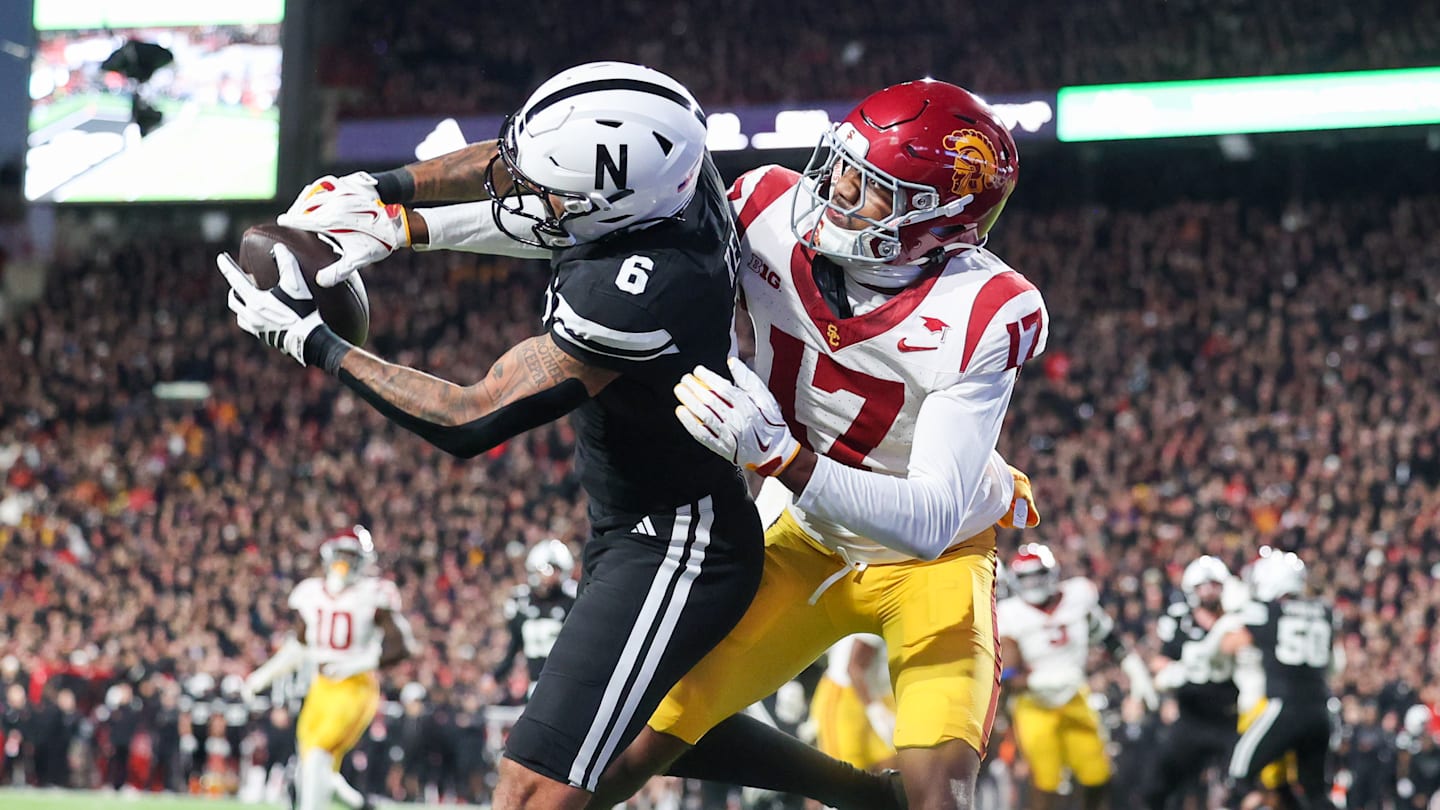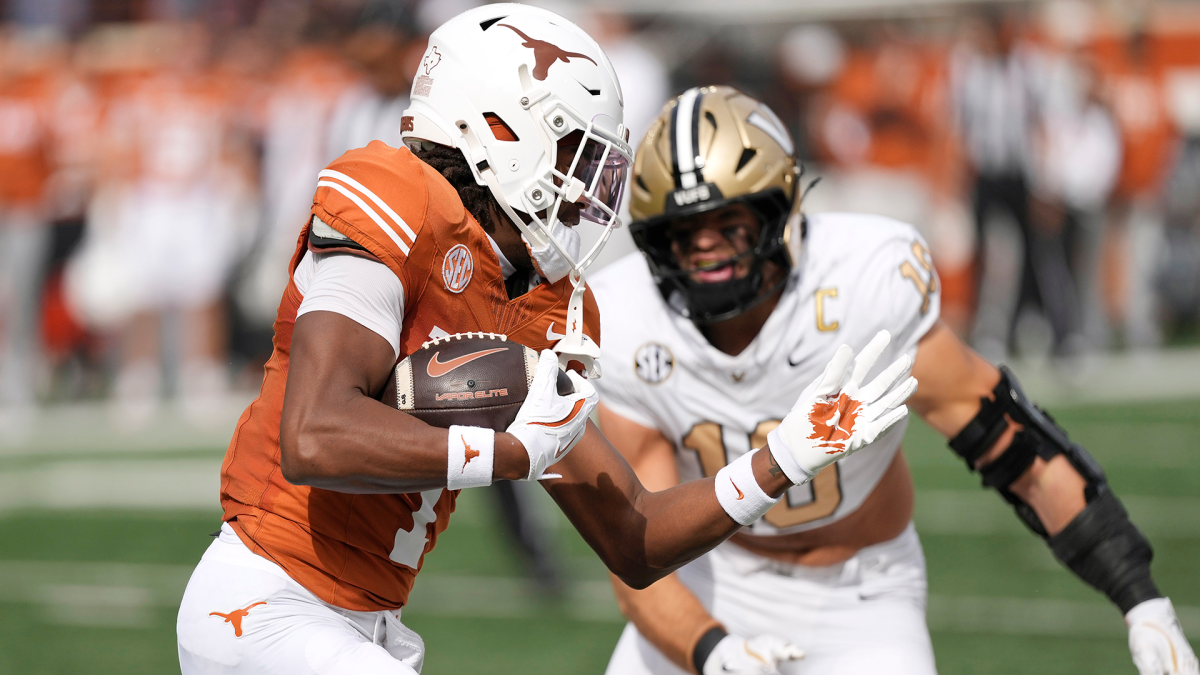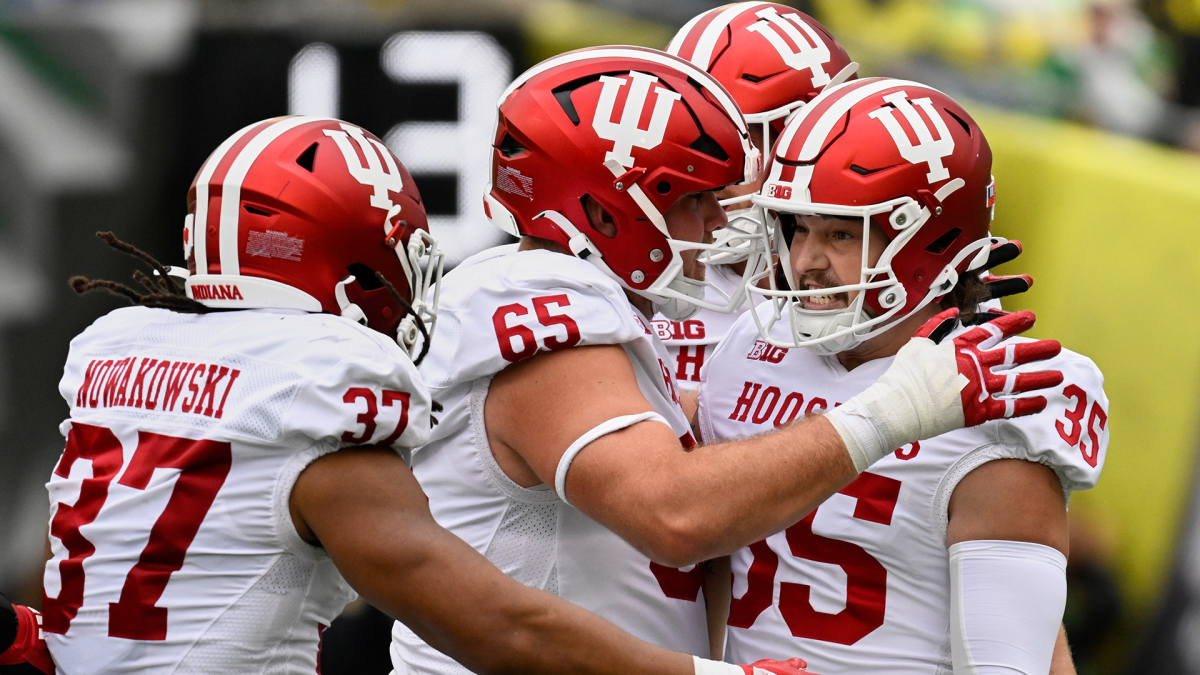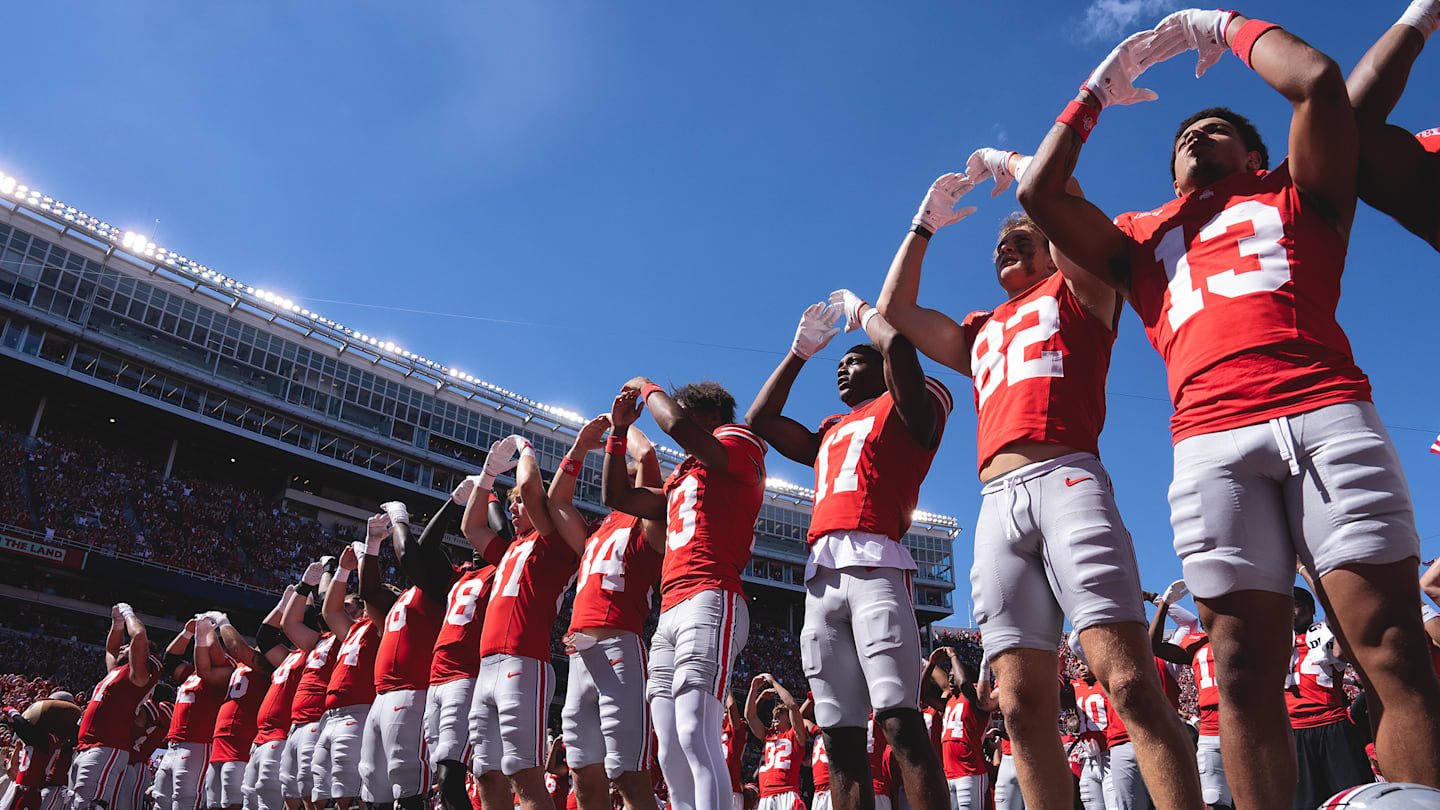First Rankings, First Reactions: CFP Top 25 Sparks Debate
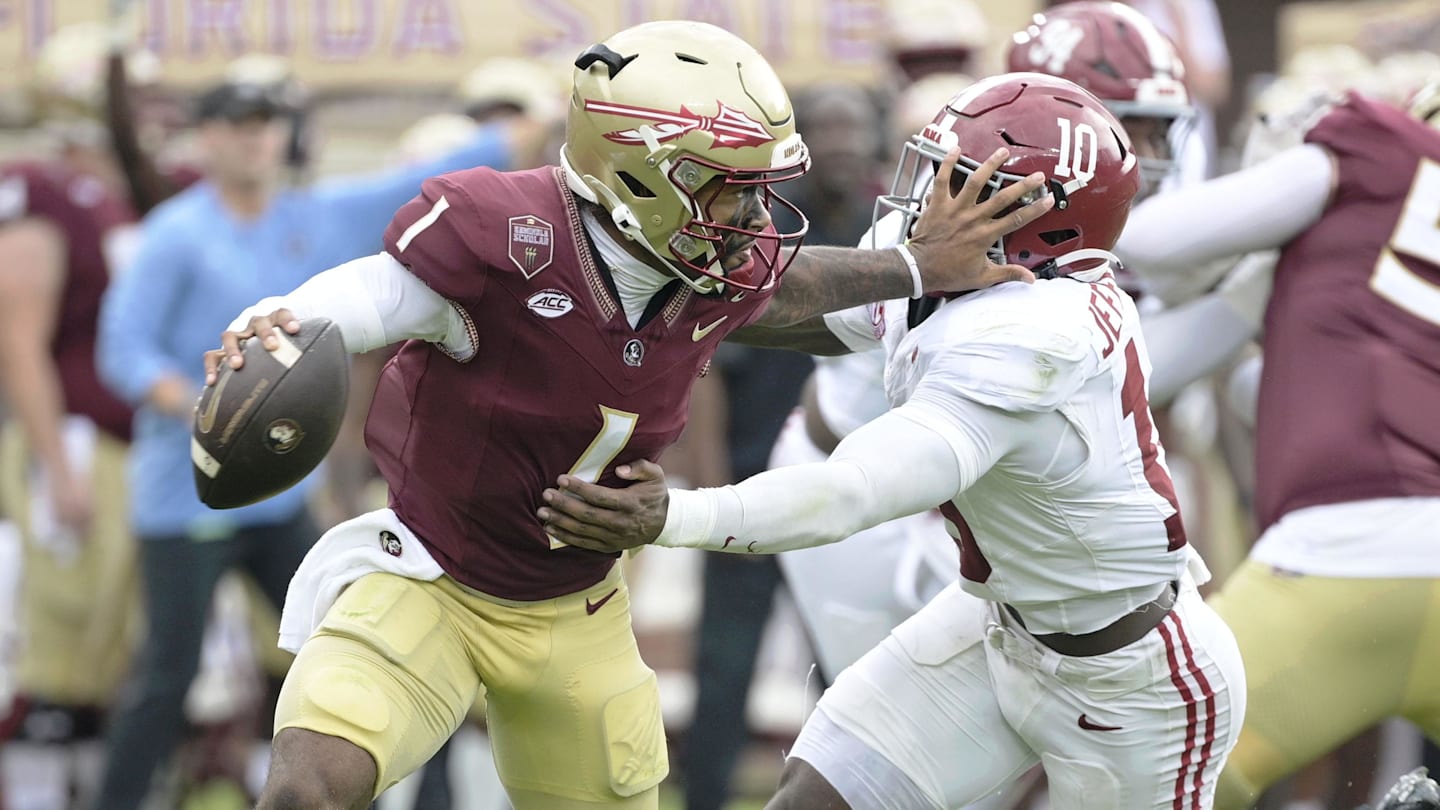
First Rankings, First Reactions
The College Football Playoff committee’s initial Top 25 dropped Tuesday, and fans are already fired up. Ohio State’s No. 1 spot over fellow unbeatens Indiana and Texas A&M sparked instant debate, but it’s Alabama’s placement that’s fueling the most frustration. Despite a single loss, the Crimson Tide sit behind multiple undefeated squads, raising questions about how the committee weighs strength of schedule and conference prestige.
Notre Dame’s Perennial Love
Notre Dame’s consistent high ranking, even with a 6-2 record, continues to draw skepticism. The committee’s affection for the Fighting Irish often overlooks teams with better records and tougher schedules, especially from the Big Ten and other Power Four leagues.
Big Ten Bubble Math
With several Big Ten teams hovering near the cut line, the math gets messy. Bubble teams like Michigan and Iowa are left wondering if conference wins will be enough to break through, or if the committee’s bias will leave them on the outside looking in.
About the Organizations Mentioned
College Football Playoff committee
The College Football Playoff (CFP) Committee is a pivotal organization in American sports, responsible for selecting and seeding the teams that compete in the College Football Playoff, the premier postseason tournament for NCAA Division I Football Bowl Subdivision (FBS) teams. Established in 2014, the committee replaced the controversial Bowl Championship Series (BCS), which relied heavily on computer rankings and polls. The CFP Committee’s formation marked a significant shift toward a more transparent, human-driven selection process, aiming to address longstanding criticisms about fairness and competitiveness in determining the national champion. Comprising 13 members, the committee includes current and former athletic directors, head coaches, and sports journalists, with occasional inclusion of individuals from outside the football world, such as former U.S. Secretary of State Condoleezza Rice. Members typically serve three-year terms, ensuring a blend of experience and fresh perspectives. The committee’s primary responsibility is to rank the top teams in the nation, prioritizing factors like strength of schedule, head-to-head results, and conference championships. This approach encourages teams to play more challenging opponents, enhancing the overall quality of competition. The CFP’s inaugural season in 2014 saw an immediate impact, with four conference champions—Alabama, Oregon, Florida State, and Ohio State—selected for the playoffs. Ohio State’s victory over Oregon in the first championship game highlighted the new system’s ability to include deserving teams that might have been overlooked under previous formats. In 2024, the CFP expanded to a 12-team format, further increasing the tournament’s inclusivity and excitement. This expansion reflects the committee’s ongoing commitment to innovation and fairness, making the CFP a model for how sports organizations can adapt to changing landscapes. The committee’s decisions continue to shape the future of college football, influencing everything from team strategies to fan engagement and media coverage.
Big Ten
## Overview The Big Ten Conference, officially known as the Big Ten, is one of the oldest and most prestigious collegiate athletic conferences in the United States, but its influence extends far beyond sports. Founded in 1896 as the Intercollegiate Conference of Faculty Representatives—also known as the Western Conference—the Big Ten was initially created to standardize rules and improve safety in college football, which was growing rapidly in popularity at the time[1][3]. Its founding members included the Universities of Chicago, Illinois, Michigan, Minnesota, Wisconsin, Purdue, and Northwestern[1][3]. ## Historical Development Over the decades, the Big Ten has undergone several significant changes. Iowa and Indiana joined in 1899, and Ohio State was added in 1912[3]. The conference experienced a notable departure when the University of Michigan left temporarily from 1907 to 1916 due to disagreements over rules, only to return and solidify the “Big Ten” moniker[1][2]. The University of Chicago withdrew in 1946, but Michigan State’s addition in 1949 restored the conference to ten members[3]. The conference remained stable for nearly 40 years before a new era of expansion began in 1990 with the addition of Penn State, followed by Nebraska in 2011, Maryland and Rutgers in 2014, and most recently, Oregon, USC, Washington, and UCLA in 2024, bringing the total to 18 members[3][5]. ## Key Achievements and Notable Aspects The Big Ten is renowned for its combination of athletic excellence and academic rigor. It pioneered the Big Ten Medal of Honor in 1915, recognizing student-athletes who excel both on the field and in the classroom[5]. The conference also established the first permanent bowl-conference affiliation with the Tournament of Roses in 1946 and introduced a groundbreaking revenue-sharing model for television proceeds in 1955[5]. Academically, th
